Revolutionary sites with a red history (16)
Writer: Cao Zhen | Editor: Vincent Lin | From: Shenzhen Daily | Updated: 2021-07-06
During the Chinese People’s War of Liberation, the Kuomintang triggered battles in Guangdong to eliminate troops led by the Communist Party of China (CPC). In February 1947, the Huidongbao People’s Guarding Regiment was founded to fight against the Kuomintang. The Jiangnan Detachment of the regiment organized three battles in Shayuchong, Shanzixia and Honghualing in today’s Longgang District in July and August 1948.
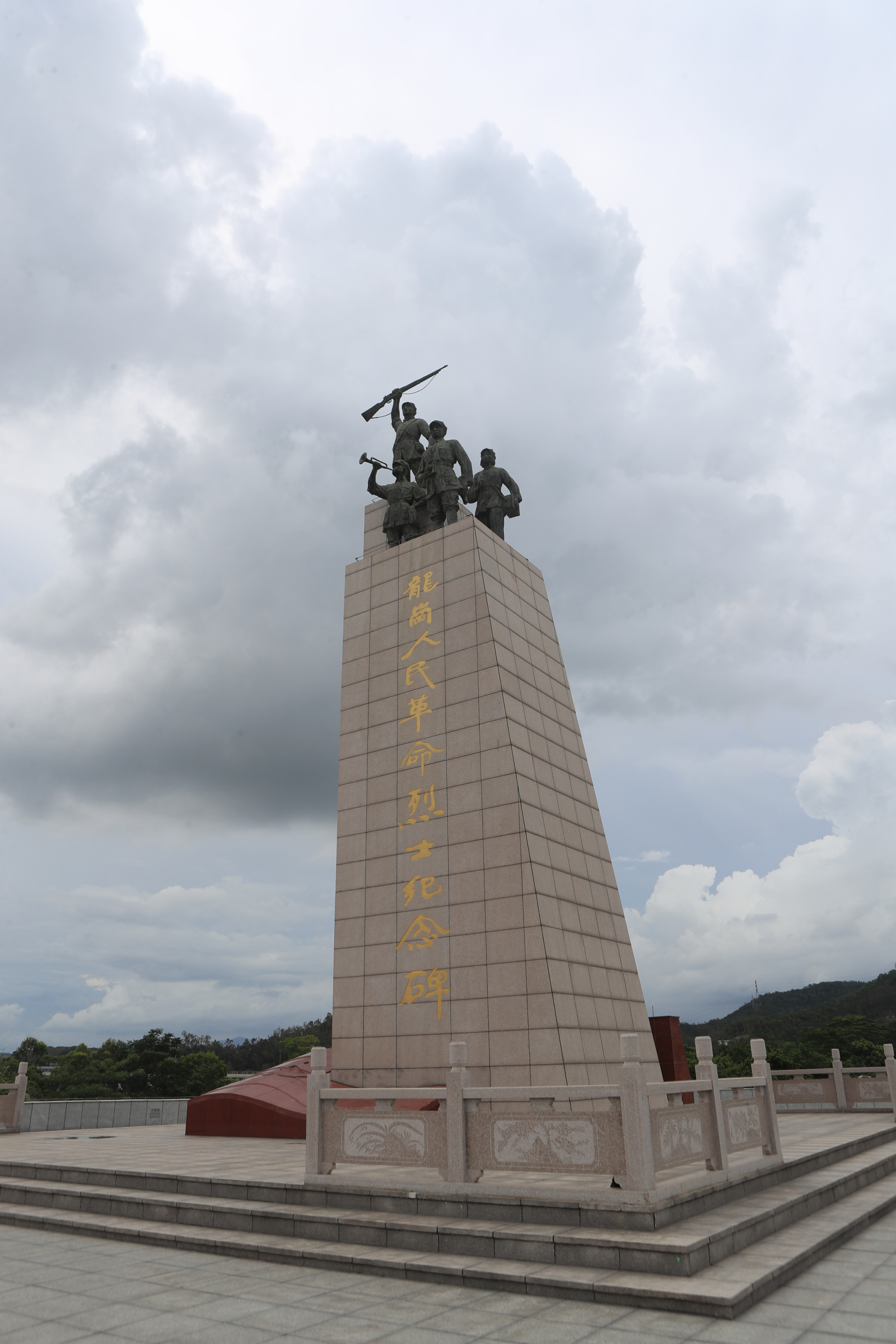
The Longgang People’s Revolutionary Martyrs Monument in the Honghualing Revolutionary Memorial Park. Photos by Sun Yuchen
In memory of the great achievements of revolutionary martyrs in Longgang, the 18.6-meter-tall Longgang People’s Revolutionary Martyrs Monument was erected in the Honghualing Revolutionary Memorial Park in 2004. The names of 542 revolutionary martyrs during the Nationalist Revolution, the Agrarian Revolutionary War, the Chinese People’s War of Resistance Against Japanese Aggression, the Chinese People’s War of Liberation, the Socialist Revolution and Socialist Construction had been inscribed.
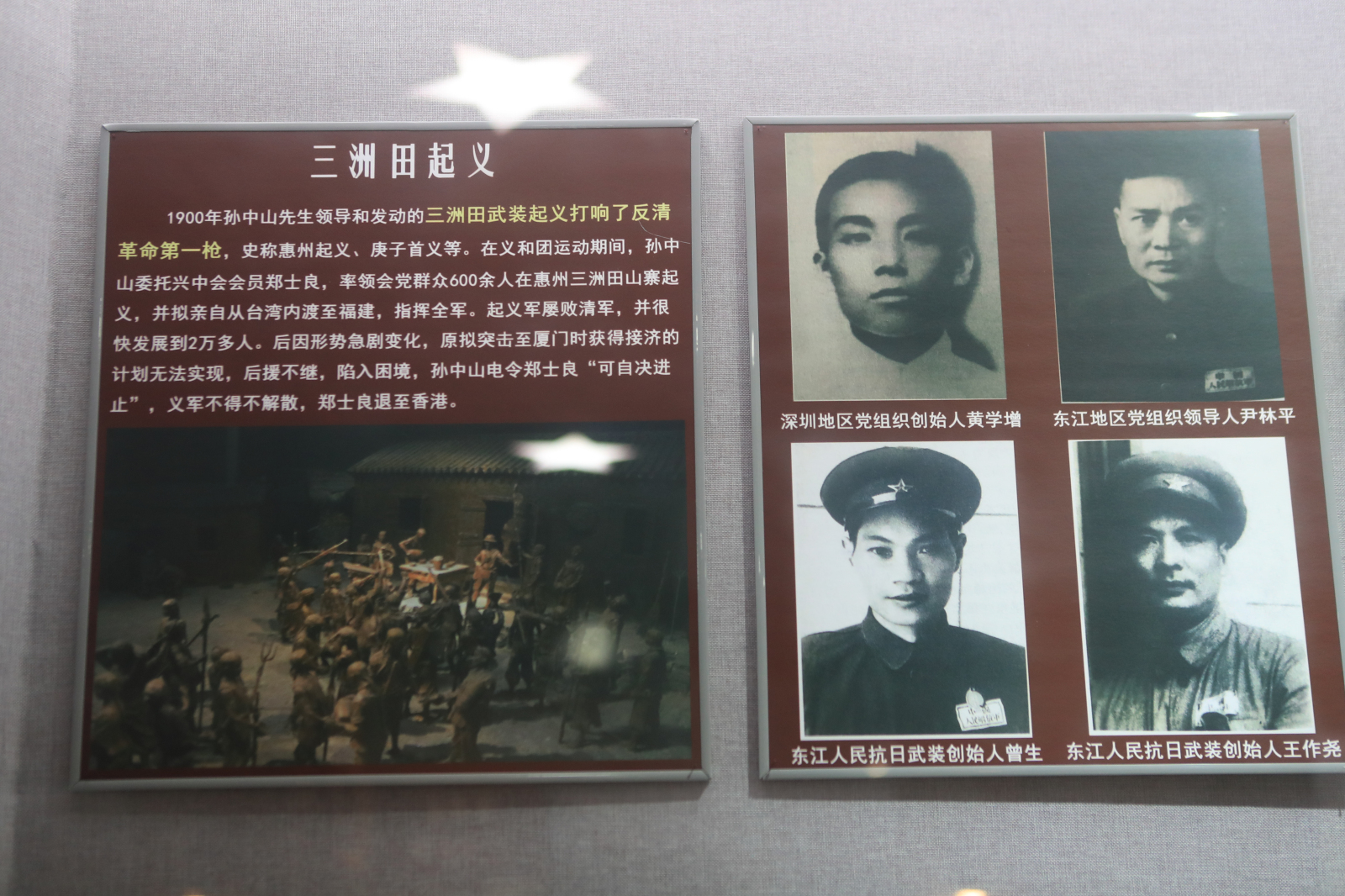
At the Dongjiangchao Red Culture Museum, an information board on the left introduces the Sanzhoutian Uprising led by Sun Yat-sen in 1900 in Shatoujiao, today’s Yantian District. The uprising is known as the start of China’s democratic revolution against the imperial court of the Qing Dynasty (1644-1911). Another information board on the right displays photos (in clockwise) of Huang Xuezeng, Yin Linping, Wang Zuoyao and Zeng Sheng. Huang was one of the founders of the CPC Bao’an organization; Yin was a leader of the CPC organization in the Dongjiang area; Zeng and Wang were founders of the Dongjiang Column of Guangdong People’s Guerilla Force Against Japanese Aggression.
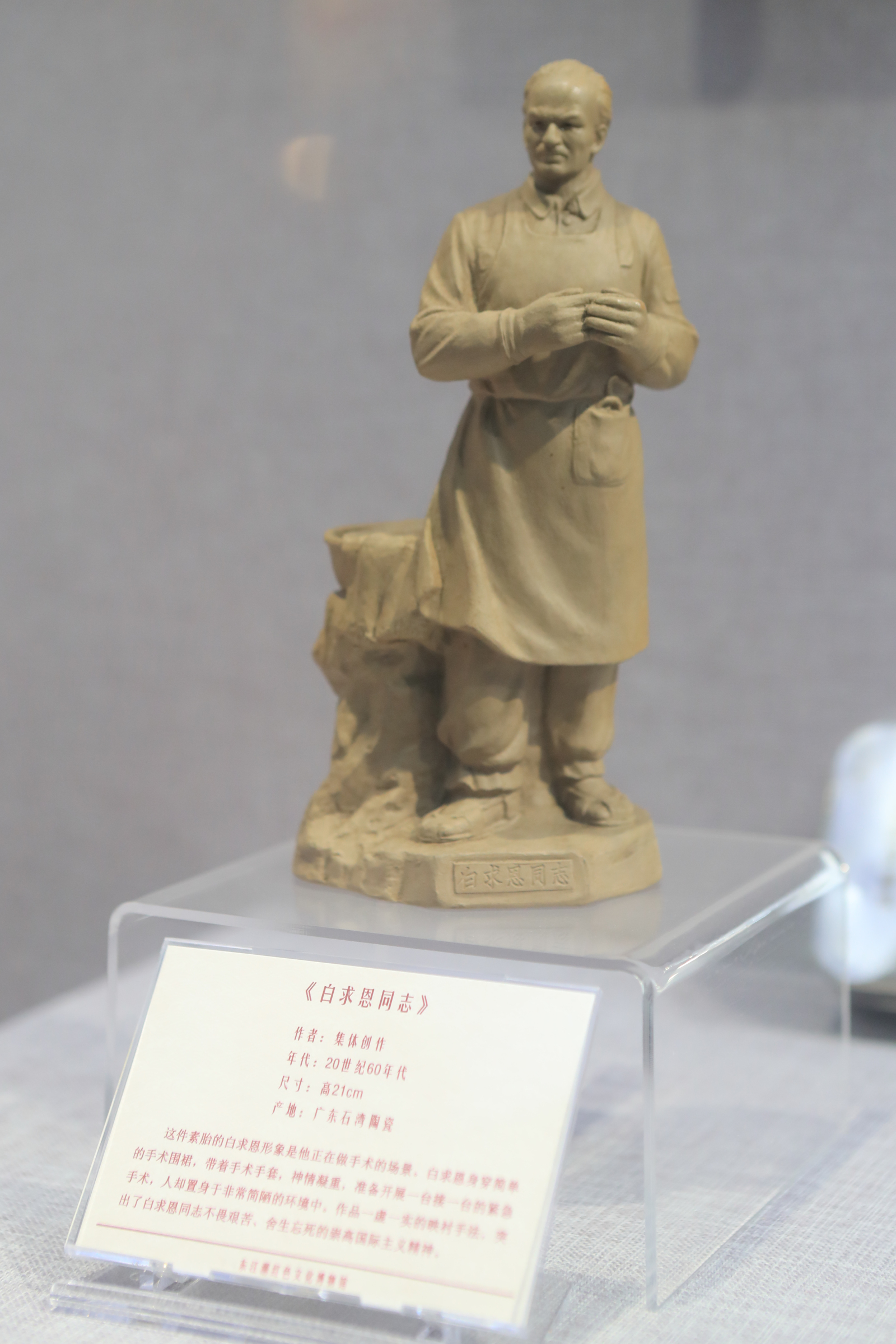
A figurine of Norman Bethune is on display at the Dongjiangchao Red Culture Museum. The surgeon led a Canadian medical team to China in early 1938 to help the Chinese people fight against Japanese invaders and sacrificed his life in 1939.
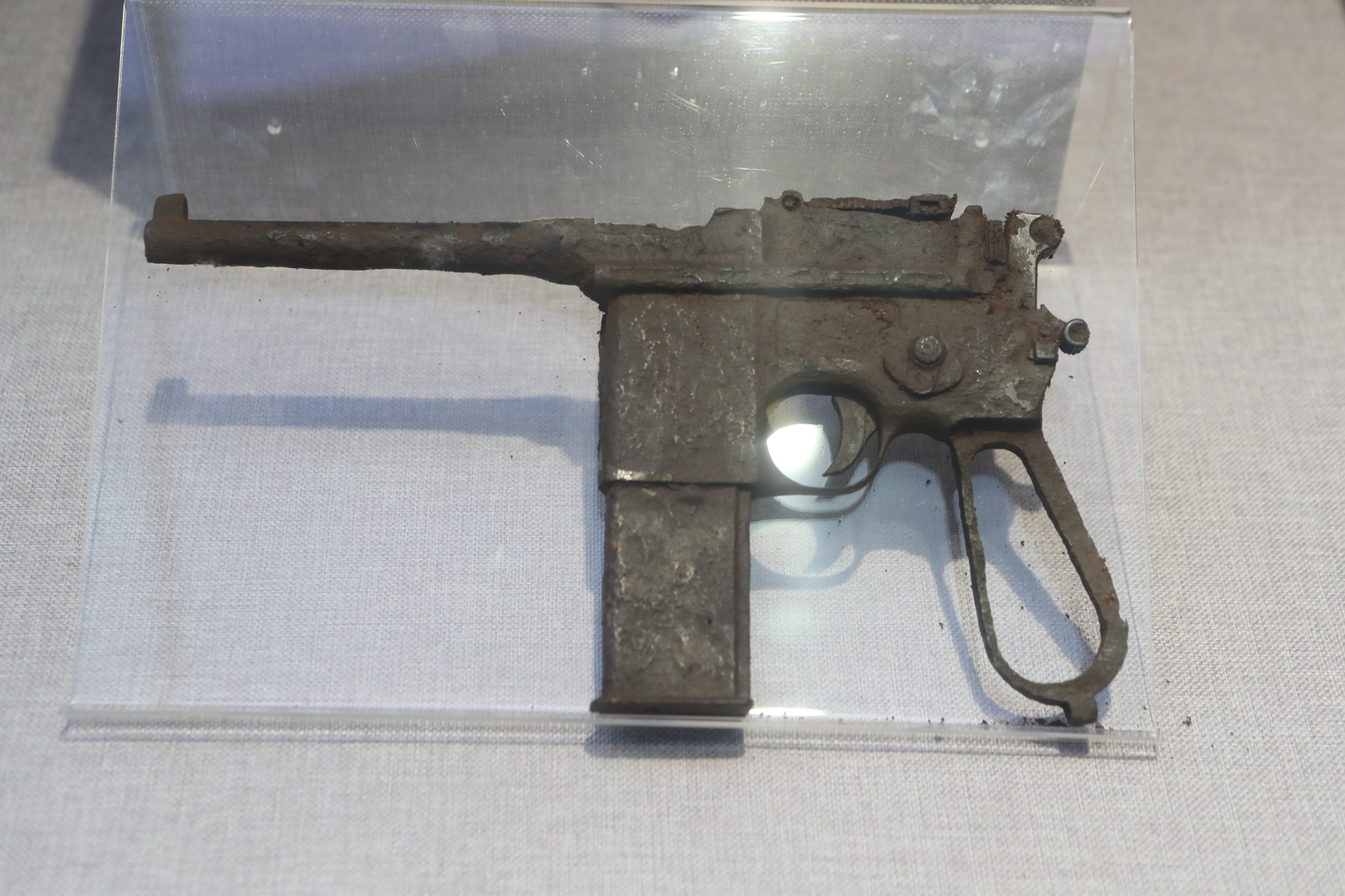
A Mauser pistol used by the Red Army during the Long March (1934-1936) is exhibited at the Dongjiangchao Red Culture Museum.
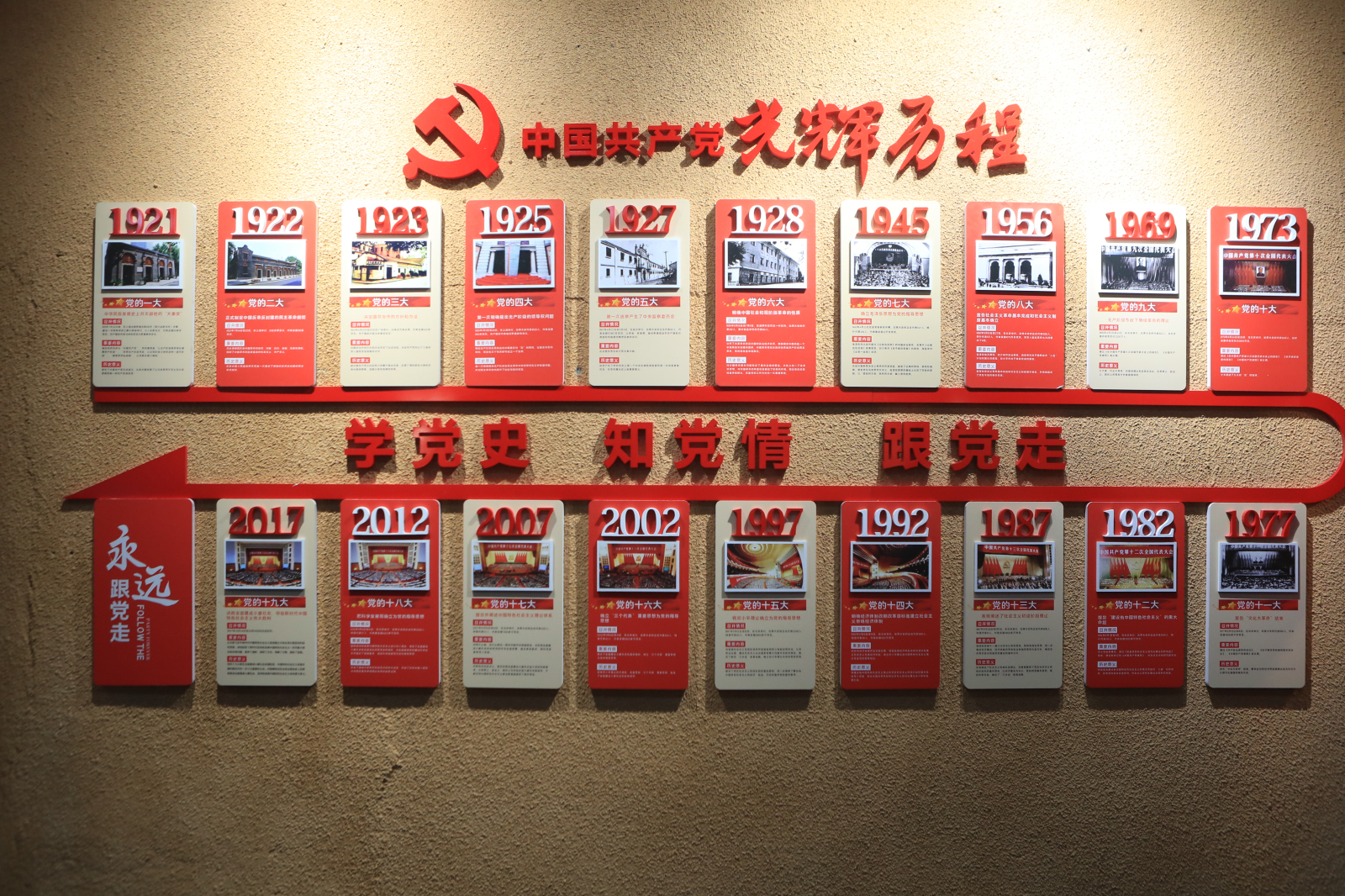
An exhibition wall at the Dongjiangchao Red Culture Museum introduces the past national congresses of the CPC.
Also in Longgang, the Dongjiangchao Red Culture Museum built in 2019 houses more than 2,000 items including 300 revolutionary items, such as documents, publications, albums, badges and weapons, covering the time period from the May Fourth Movement in 1919 to the founding of the People’s Republic of China in 1949.
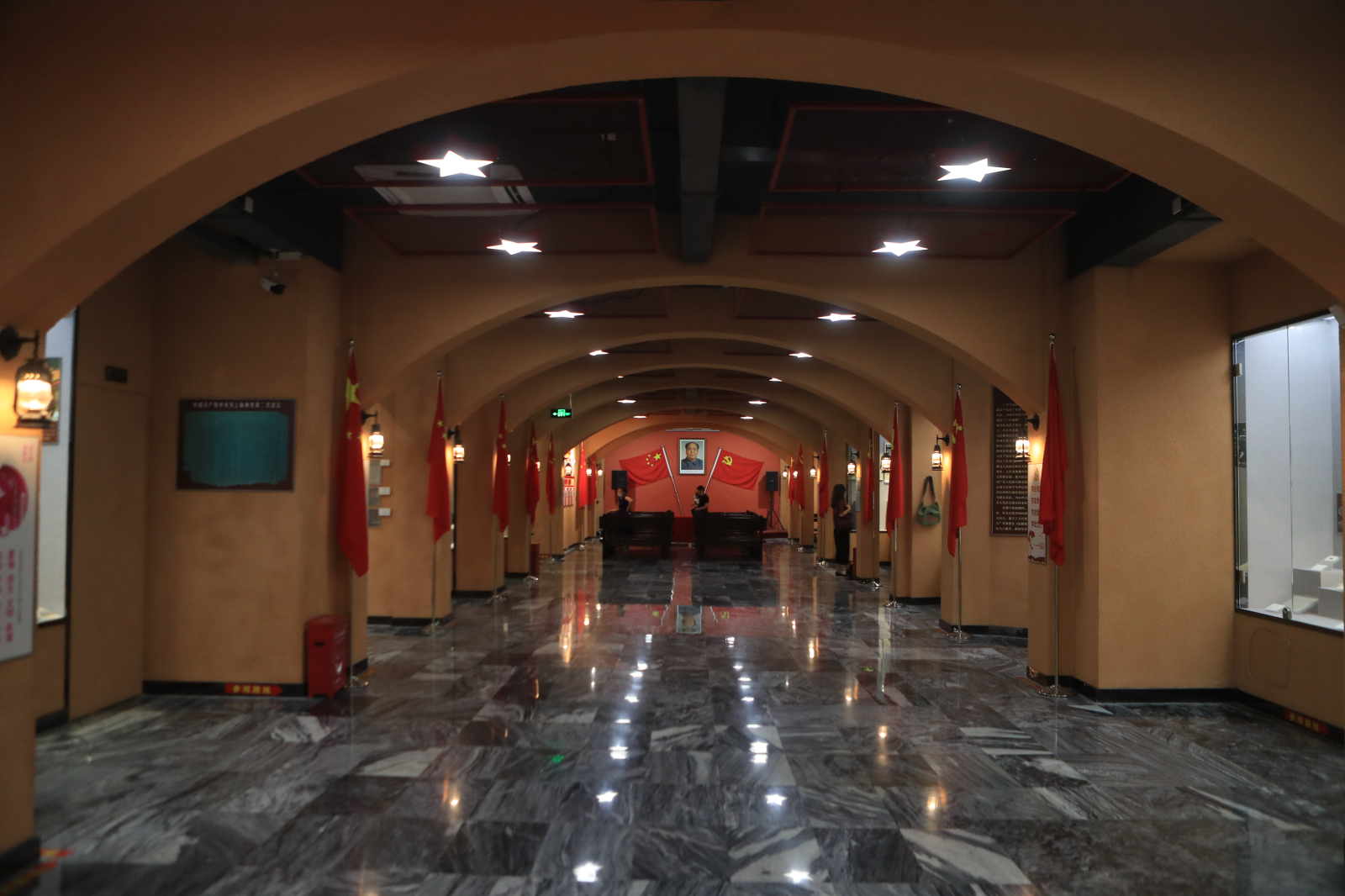
A hall in the Dongjiangchao Red Culture Museum takes inspiration from the iconic Central Auditorium in Yan’an, a former revolutionary base of the CPC.
A hall in the museum takes inspiration from the iconic Central Auditorium in Yan’an, a former revolutionary base of the CPC, making use of the arched structure of cave dwellings to give the hall a sense of prestige.